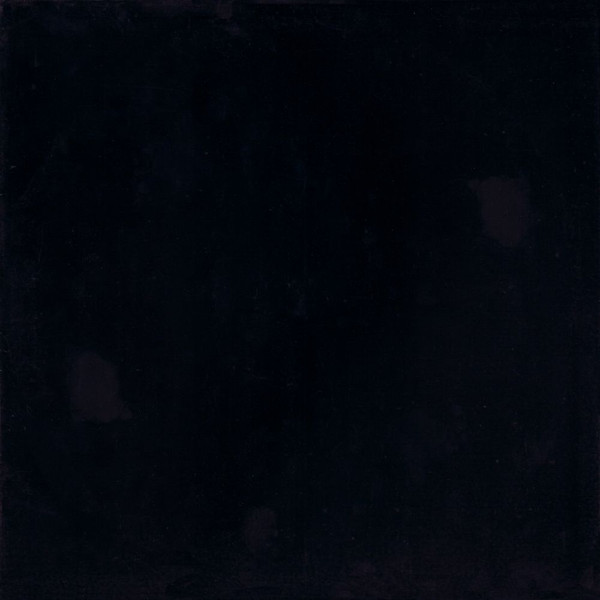Certainly, such a legendary album would sound better on paper than out of speakers, and those who couldn’t procure a bootleg only had to wait an eternal seven years for an official release, right around the time when Prince was suing his record label. Except for the new catalog number, The Black Album appeared as originally planned, with all-black artwork a la Spinal Tap (and later, Metallica) with only the catalog number and legal info on the spine, and the song titles listed on the disc itself. A sticker helpfully explained what and who it was, and pointedly stated “limited edition”, as it was supposed to be available for sale for only two months.
The music spans a wide period in his sessionography, from the midst of what became Sign "☮" The Times through much of 1987. With the exception of the horns, some drums, and some of the vocals, he performed everything himself, staying in a predominantly heavy funk tone, set on the call-to-party “Le Grind”. “Cindy C” was inspired by the supermodel named Crawford then new on the scene; our favorite part is the hysterical exchange before the unfortunate rap section. Speaking of which, “Dead On It” takes aim at hip-hop, mostly the rappers’ lack of musicality, at a time when Prince was actively absent from that scene. “When 2 R In Love” is the same track as on Lovesexy, and stands out like the proverbial sore thumb here, unless it was intended as parody. Speaking of which…
After using a voice modulator for the Camille character, he went completely in the other direction on “Bob George”, which is mostly a comic four-letter monologue by an armed gangsta threatening bodily harm on the title character, then interacting with various sound effects to advance the story. “Superfunkycalifragisexy” is a decent groove, infectious without really going anywhere. “2 Nigs United 4 West Compton” opens with a hilarious exchange between Cat Glover and Prince as an unwanted party guest, before settling in a relentless groove with a low-mixed Hammond organ solo, a more prominent slap bass solo, a keyboard solo that sounds like a guitar, then layered percussion via keyboard, all over Sheila E.’s slammin’ drums. “Rockhard In A Funky Place” is a Camille track that was supposed to close that unreleased album, and nicely wraps up the proceedings here.
The overall vibe throughout The Black Album is Prince simply having fun, and showing a sense of humor that his mystique often hid. But everything had to be a statement, and maybe he was just as concerned that it would be considered lightweight as it was irreverent. Is it a lost masterpiece? Hell no. But it is key to the story.
Prince The Black Album (1994)—3

No comments:
Post a Comment